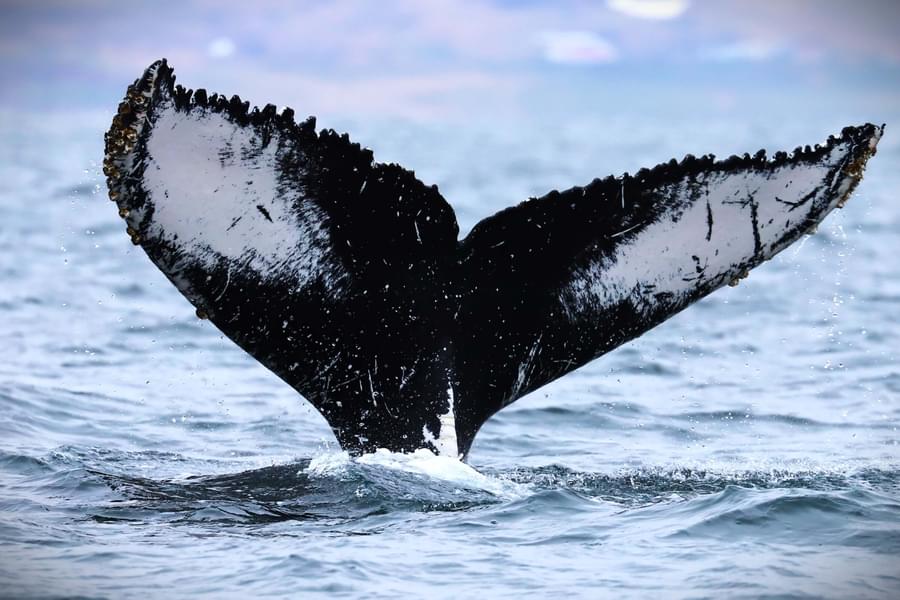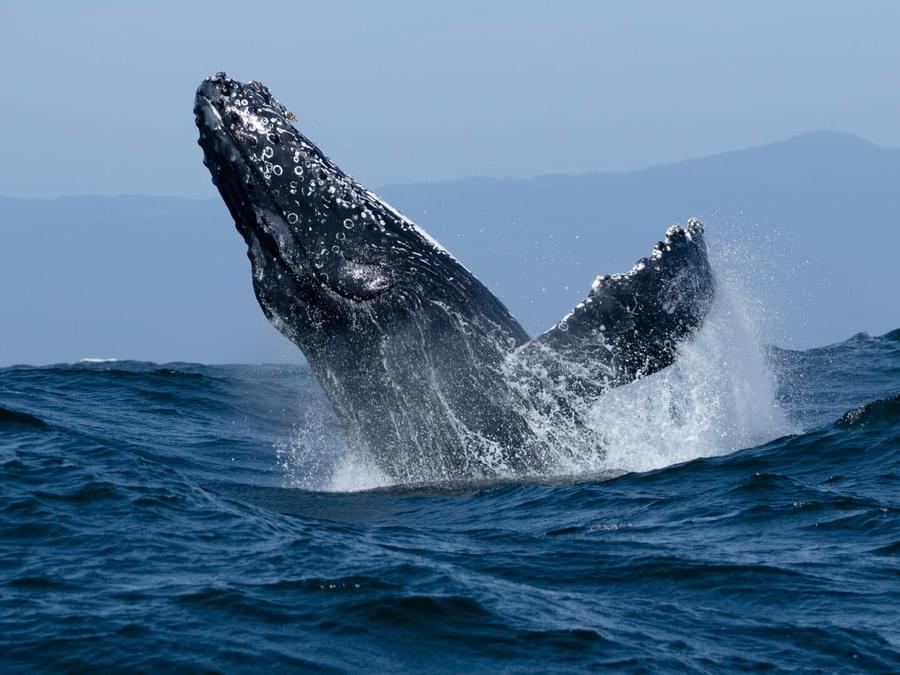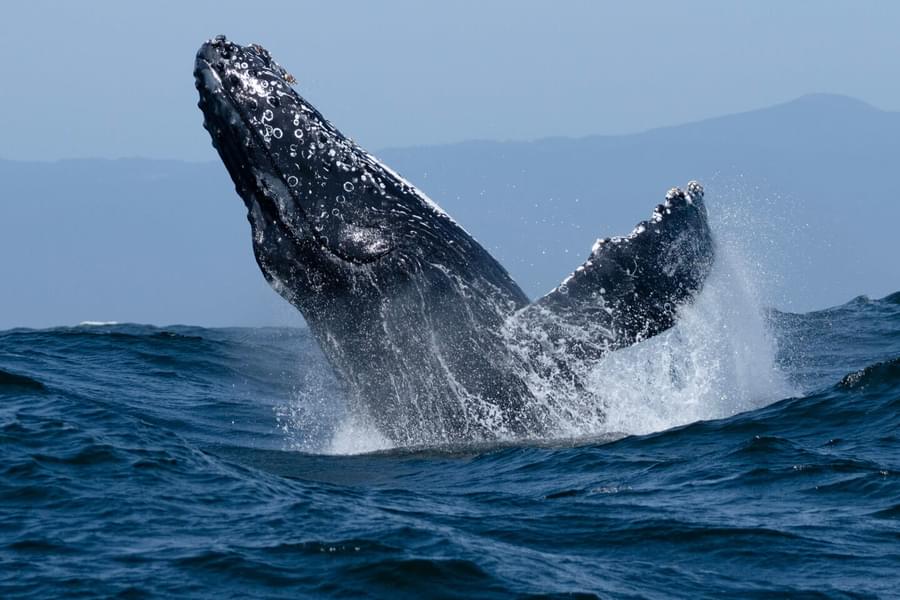As headlines go, you have to give these credit - “Alien researchers had a “conversation” with a humpback whale” and “Humans may have to talk with aliens one day and are practicing on whales”.
Intrigued? As clickbait for drawing in readers, these were always going to work slightly better than the fascinating academic paper which inspired the headlines - “Interactive Bioacoustic Playback as a Tool for Detecting and Exploring Nonhuman Intelligence: ‘Conversing’ with an Alaskan Humpback Whale”.
You can imagine a journalist visibly wincing as their editor hands them that to make a story out of, but the research by scientists from the SETI Institute, University of California Davis, and the Alaska Whale Foundation is a quite astonishing breakthrough in the field of non-human intelligence (we’ll come onto the alien connection later...).
Using a recorded humpback “contact” call played into the sea through an hydrophone (an underwater speaker), the scientists were amazed as a 38 year old female humpback named Twain approached and circled their boat, responding in a conversational manner for over 20 minutes to the artificially-created whale’s “greeting signal”.

Lead author Dr. Brenda McCowan of U.C. Davis explains the significance of this whale conversation, stating, “We believe this is the first such communicative exchange between humans and humpback whales in the humpback ‘language'".
As Earth.com explains “At the core of Whale-SETI (Search for Extra-terrestrial Intelligence) is advanced technology. Researchers use sophisticated hydrophones and AI algorithms to record and analyse whale sounds. The AI, trained on vast datasets of whale calls and human languages, seeks patterns and structures that could indicate language-like characteristics. This method not only helps in deciphering the complexity of whale communication but also enhances our understanding of language development in intelligent species”.
So where do aliens fit in? The SETI Institute originally set out to understand and interpret humpback whale communication in the hope that doing so will enable them to establish the necessary foundations for interpreting alien communications, should that ever happen.

There is a lot to think about here. One of the other conclusions was that Twain's response was motivated by 'excitement and possibly the onset of agitation.' So while we know that the whale engaged in a back-and-forth over 20 minutes, responding 36 times, we can't possibly know if it was happy about the nature of the conversation. Perhaps it was intrigued but perhaps it was establishing if there was a threat, in which case it may have experienced a range of emotions and not all of them positive.
As highly sentient beings, whales are guinea-pigs in this intriguing experiment, and we have to tread carefully. AI will, in all likelihood, decode and unravel a countless number of current mysteries and unknowns and the possibilities for refining this communication with intelligent animal species such as cetaceans is almost incomprehensible.

The best way to really appreciate how amazing whales and dolphins are is to see them in the wild where they belong - and you can do that from right on your doorstep by joining one of our Sea Safaris! Visit www.orca.org.uk/watch to check out all the upcoming dates and take your first step on your very own whale and dolphin adventure!

